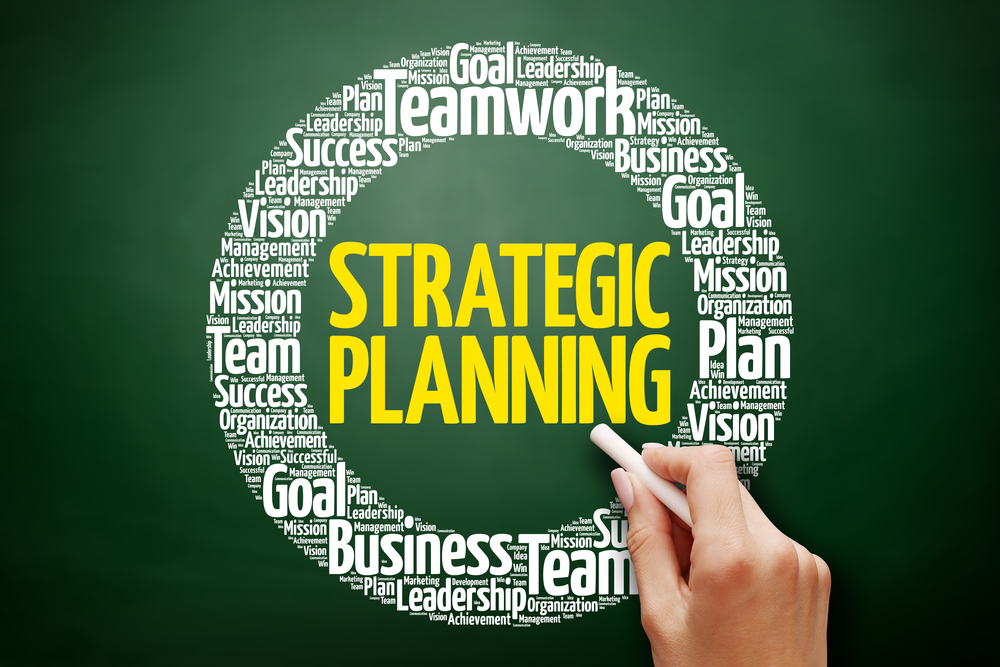Why Strategic Planning?
From the CEO's Desk
Why Strategic Planning?

Plan ahead: It wasn’t raining when Noah built the ark.
Richard Cushing
Strategic planning is one of the least-loved organization processes. Executives criticize it as overly bureaucratic, insufficiently insightful, and ill suited for today’s rapidly changing markets.
However, when technological progress is blurring industry boundaries and new competitors are emerging from adjacent markets, it is more important than ever to be prepared strategically and to have a sound plan and a system to implement it.
A successful Strategic Planning process should contain some of the following actions:
- a description of the organization’s mission, vision and fundamental values
- an exploration of potential markets for emerging threats and opportunities
- an analysis of the company’s strengths and weaknesses relative to competitors
- the development of a business model that will differentiate them from their competitors
- the establishment of clear objectives for the business
- the development of programs to implement the strategy
- an analysis of core competencies and allocation of resources where needed
- monitoring performance and maintaining flexibility
Strategic planning is an ongoing commitment. Even though your plan has been completed, it still must be implemented. Your plan also needs to be flexible.
While it’s necessary to have goals and objectives, you also have to be able to adapt to changes.
Other important actions to consider:
- making sure your marketing plan is supported by senior management
- making sure you include people from various parts of your organization to participate. This will help them support the process since they had a hand in creating it
- being aware of the current economic environment
- implementing a competitive research program to ascertain what and how your competitors are doing.
Excerpt Acknowledgements:
Bain & Company
Eric Vo
Nicholas Kachaner
Kermit King
Sam Stewart
